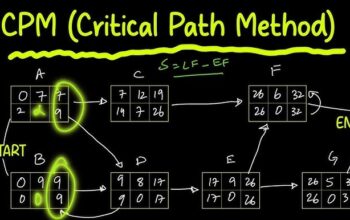5G transport connects all nodes in the Radio access network (RAN) along with the Core network by fiber or microwave connections. 5G transport network becomes the backbone of the 5G mobile network that enables new levels of connectivity with faster speeds and lower latency.

This will improve the delivery of data (from sensors to dispatch and operations and, ultimately, back to the driver), thereby resulting in productivity and performance improvements. So, now let us see what are the challenges for 5G transport networks along with Accurate 5g tester, 5G test equipment, 5g network tester tools and Accurate 4G Testing RF drive test software, Cellular LTE RF drive test tools & equipment in detail.
5G transport can make the movement of products easier, more accurate and allows smart devices to communicate in real time; provides better support to virtual reality (VR) and augmented reality (AR), which have great potential to transform the supply chain. 5G mobile communications (subject to ongoing research and debate) is the enabler for the connected society. 5G are the focused-on understanding radio technologies that can enable the 5G vision, and in connected society with 5G, connectivity will be available anywhere and anytime to everyone and everything.
5G will meet most requirements on the transport network in terms of bandwidth, latency, connectivity, reliability, and SDN capability openness, but that will face certain challenges that include front-haul and mid-haul which will require high latency for the transport network. Let us discuss those challenges.
- Fronthaul and mid-haul: In the case of a transport network, 5G fronthaul and mid-haul will have high latency requirements but the fronthaul latency budget does not exceed 30 μs, and the mid-haul latency budget does not exceed 150 μs hence, the store-and-forward queue scheduling mechanism is adopted. But this is the challenge which cannot meet the requirements of the transport network. So, it is needed to introduce a new low latency forwarding technology for fronthaul and mid-haul challenges.
- Backhaul: Backhaul in transport network is another challenge that make traffic more complicated and dynamic. Those challenges or encounters are the bandwidth increases over 10-fold, dual connectivity of 4G and 5G convergence, inter-base station coordination, and the traffic model changes from aggregation into full-mesh along with multi-homed backup for cloud-based core network deployment. These are the main hurdles that will force the transport network to provide scalable bandwidth and flexible mesh connection.
- Ultra-high-precision time management: Time synchronization/management accuracy in transport network is the major challenge. Hence, to provide ultra-high-precision time management, ultra-short frames, carrier aggregation and coordinated multipoint (CoMP) are introduced in 5G by an order of magnitude from ±1.5 μs in 4G to ±130 ns.
- Network slicing: The 5G transport network is a part of the 5G end-to-end service path but the challenge is both core network and RAN adopt SDN/NFV-based network slicing that meet functional slices. These have different requirements for bandwidth, latency, network functions and reliability. Though 5G is an open network that can meet the requirements of vertical industries and leasing services, the transport network is required to support service separation and independent O&M of sliced 5G networks as different transport network slices are allocated to different service types.
- Capability: The capability of transport networks can increase flexibility and agility to provide the foundation for a distributed mobile network, therefore 5G transport network will need extra capabilities. Further, technology used in 5G will facilitate increased coordination and MIMO beamforming, which may see a necessity for low latency and improved synchronization across the fronthaul network.
Conclusion
A 5G transport network operates by connecting a 5G RAN and core network. The 5G transport network uses a new network architecture to provide the ultra-high bandwidth, ultra-low latency, and flexible connection services. To maintain the stability of this network with these features, network testing or measurement plays a major role, non-traditional tool is getting more popularity than traditional one. RantCell is one of the non-traditional tool or SaaS based software that will help you not only in monitoring the network coverages but also testing and providing better solutions for your network through indoor/walk testing, RF drive testing, and many more.








